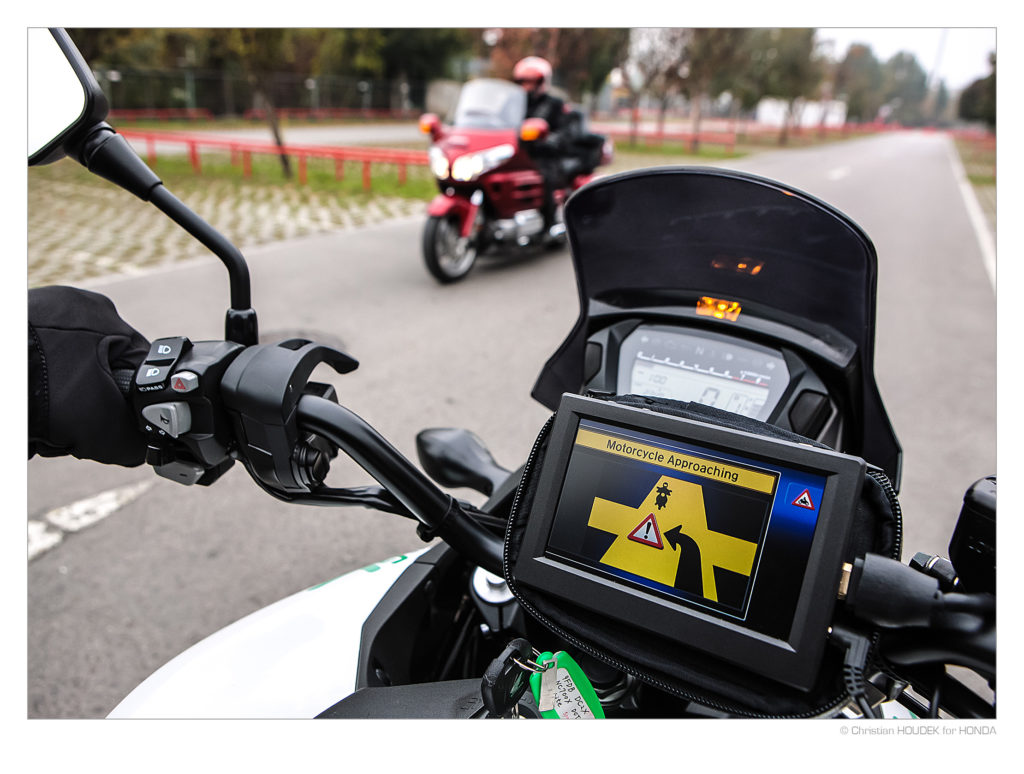
Sustainable motorcycling cannot be separated from road safety.
A sustainable means of transport must be, above all, safe. Motorcycling safety is a top priority for our industry.
We have made important efforts in terms of vehicle technology and safety campaigns, and achieved impressive results.
Our sector remains committed to further improving safety of motorcycle users.
Only with a coordinated effort, which involves all stakeholders, can the global goal of reducing road accidents and fatalities be achieved. While the goal is global to improve safety, solutions cannot be universal. Regional needs and specifics must be taken into account to best create a safer riding environment everywhere.
IMMA proposes that policymakers use a Four-Stage Strategy when looking to improve the safety of PTWs:
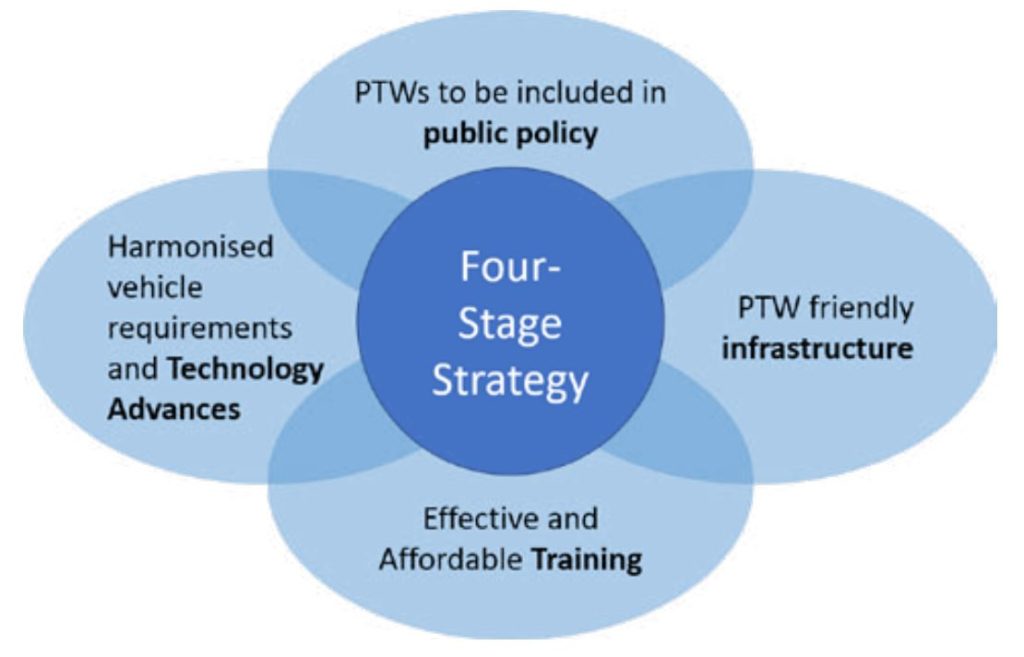
International and regional institutions must systematically integrate PTWs into transport and urban planning policy, by involving all major stakeholders throughout the policy-making process: road operators, policy makers, legislators, road users, industry, and media.
No mobility solution should be neglected or favored. No single form of transport is the most efficient in every situation, so research needs to be conducted to determine the most effective form of transport for every circumstance with policy reflecting this data.
Regions vary in their registered vehicle composition, as well as in the safety technologies vehicles are equipped with. Therefore, safety policies for PTWs should not merely imprint developed countries’ initiatives onto LMICs, but instead reflect the collaborative voices of regional stakeholders to ensure maximum road safety design efficiency in each region.
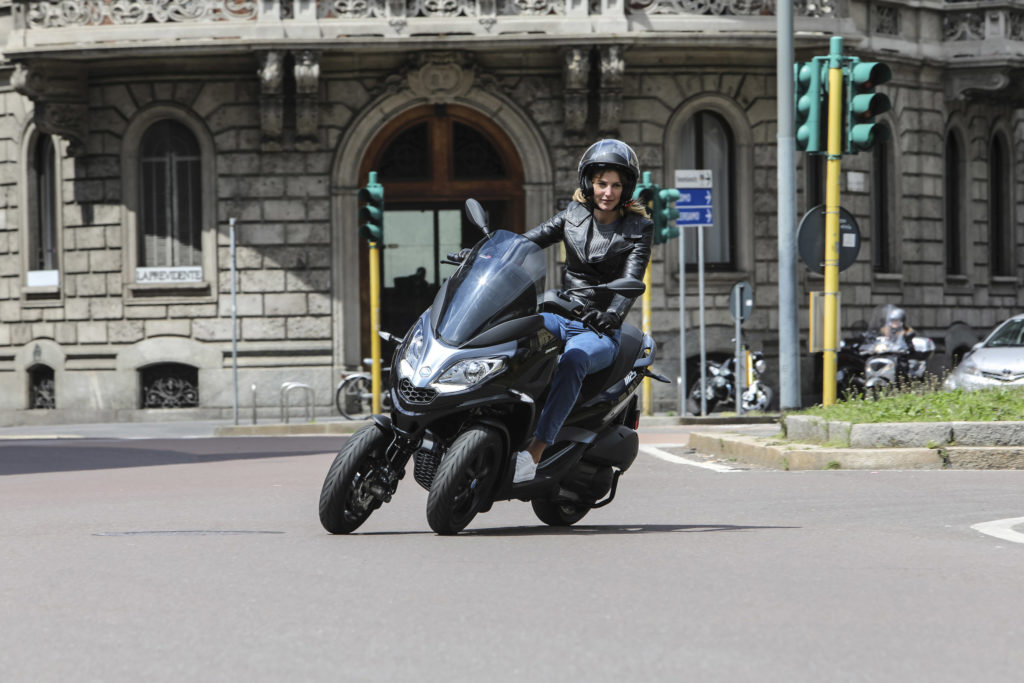
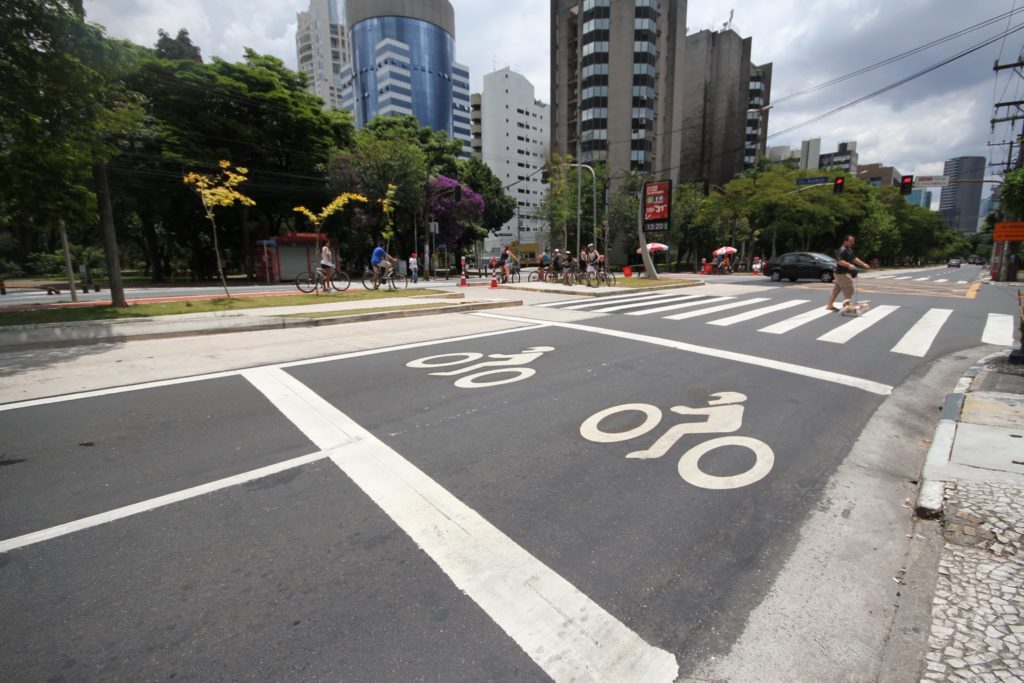
Failure to positively include PTWs in public policy means that infrastructure is seldom ideal for riders, if not outright dangerous to them. Unsealed shoulders, narrow lane width in curves, and roadside hazards are examples of potentially fatal road infrastructure elements for PTWs. To make roads safer for all, PTWs should be identified as an independent user group and be considered as a ‘design vehicle’ during road design and asset management and maintenance practices.
Major updates to road infrastructure are needed to ensure all road users are safe, but small yet significant steps can already be taken to drastically reduce road accidents for PTWs.
Solutions such as fitting motorcycle-friendly roadside barriers or improving signalling for curves will offer great benefits. The conditions for the most effective PTW friendly infrastructure solutions that increase the road capacity and safety by creating a homogenous traffic flow, such as dedicated PTW lanes, advanced stop lines and access of PTWs on bus lanes need to be further promoted.
Stakeholders must ensure that riders receive quality training to better both their vehicle control and awareness of other road users, as to anticipate and avoid dangerous situations. However, the onus of training must not rest solely on PTW users. Rather, mandatory training for all vehicle types should be revised to instruct drivers about the behaviour of other road users and the cautions to take when entering mixed-traffic situations.
Training of PTW riders must be encouraged by offering the possibility of lifelong training to reinforce the skills acquired when riders first get their license. IMMA members are actively involved in rider training and often participate in conjunction with government agencies or working groups on rider education. In some countries, particularly LMICs, there is an absence of mainstream training schemes, often leaving the industry training offer as the only available option.
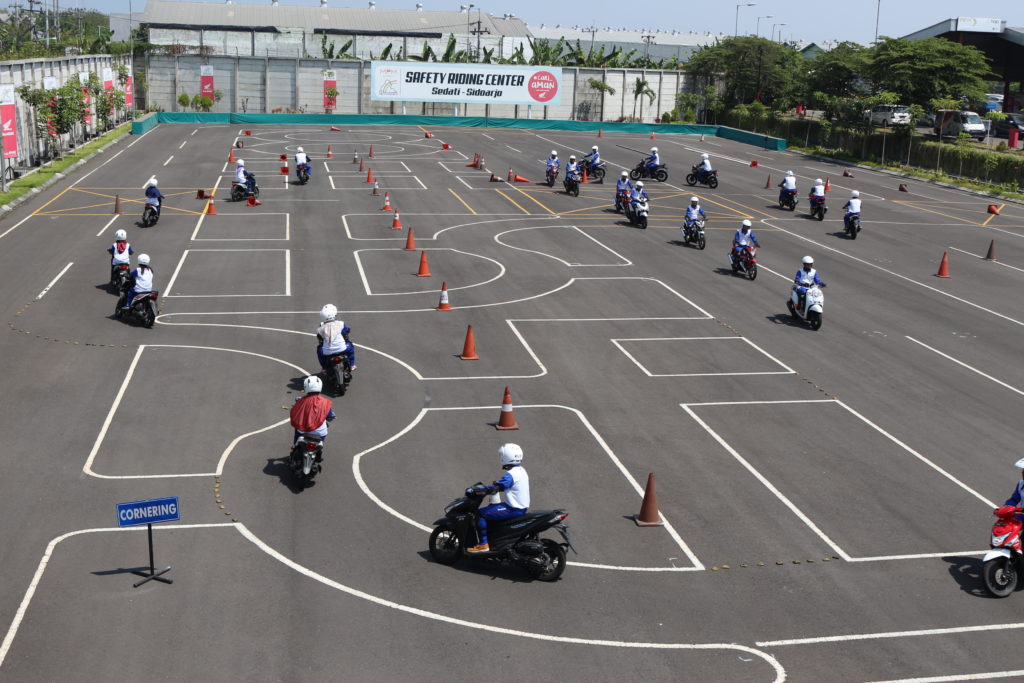
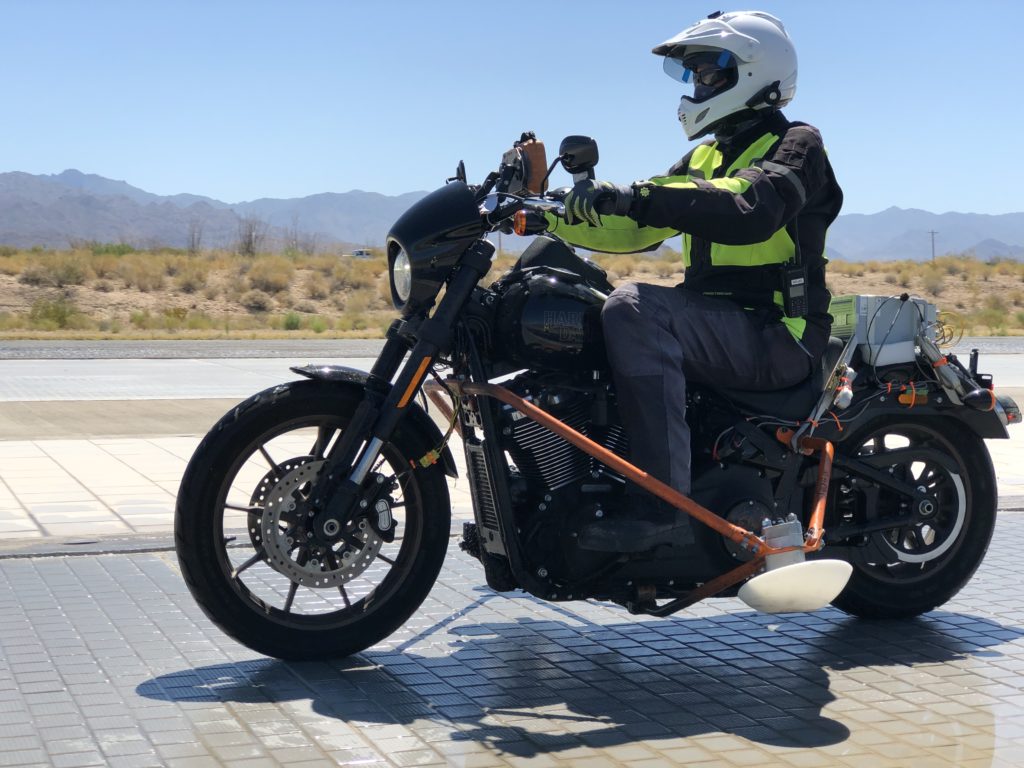
Manufacturers constantly strive to improve their vehicles’ primary safety features such as better vehicle stability, braking, traction control, and chassis designs which maximize the rider’s control of the vehicle.
New regulatory and industry standards increase PTW user safety by harmonizing vehicle and personal protective equipment (PPE) requirements.
The regulatory frameworks also seek to integrate and standardize the latest innovations improving the conspicuity of motorcycles. The future connected vehicle systems to improve intelligent crash prevention systems, will further help keep all road users safe.
To ensure and preserve fair, free and open competition, governments need to ensure clear vehicle requirements, which include the appropriate safety performance requirements for new vehicles in their country. Such vehicle requirements should be based on international regulations established under or derived from the World Forum for Harmonisation of Vehicle Regulations (WP.29). Contracting Parties to the UN instruments under the Word Forum benefit from the uniform system of technical regulations for vehicles, equipment and parts and apply those international regulations suitable for their needs in their territories.
© 2024, WWW.IMMAMOTORCYCLES.ORG